Currently, I see some confusion regarding 5G identification and the purpose of each one, such as which network node generates them and the subscriber’s role. I summarized the 3 identifications […]
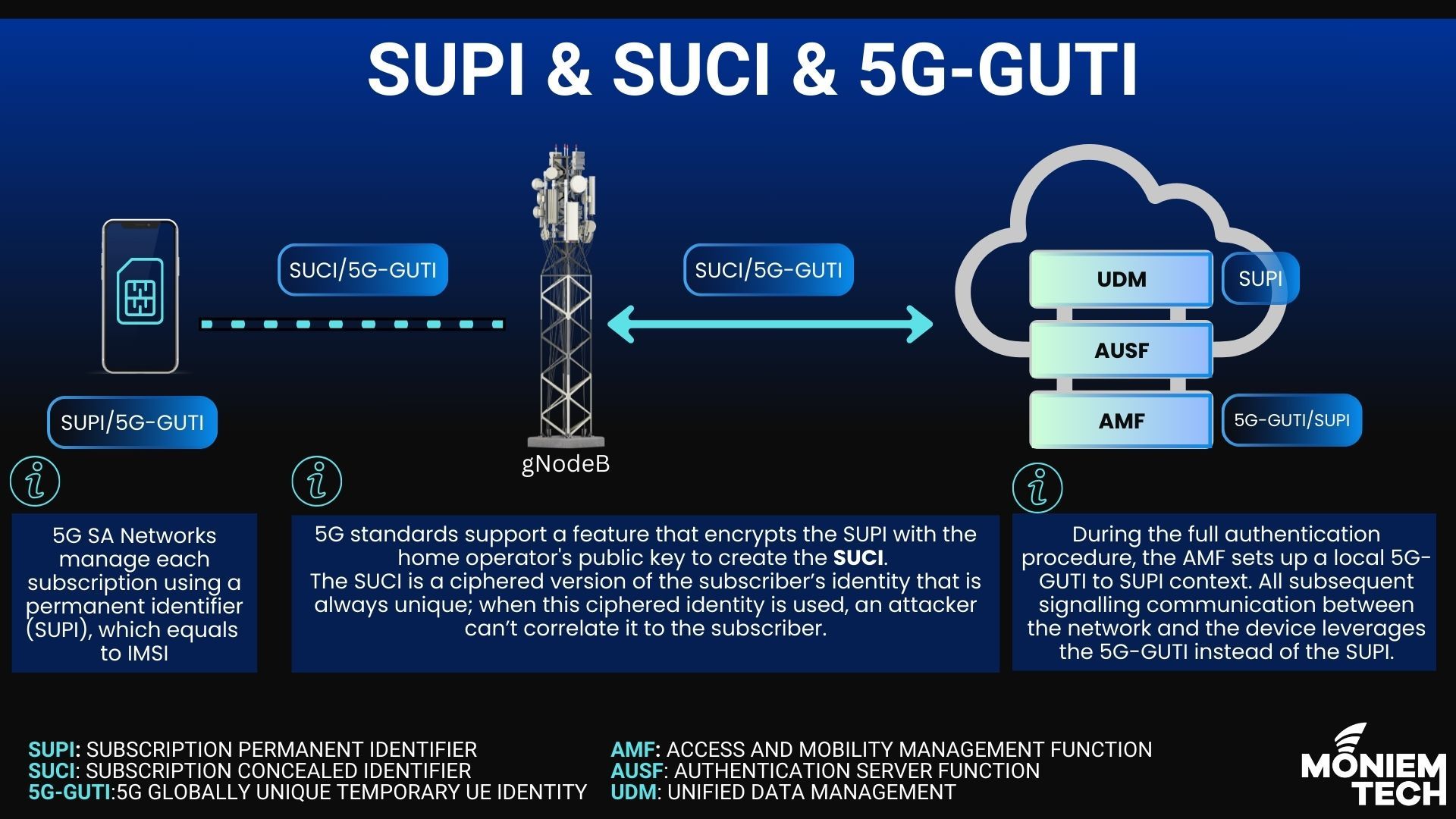

What is NTN? NTN refers to a communication system that transmits data through non-terrestrial platforms, such as satellites, high-altitude platforms (HAPs), drones, or other aerial technologies, instead of relying on […]

Recently, I read many discussions around 5G SA mainly really on mmWave spectrum which is Unique to 5G technology, as mmWave or millimeter Wave is the most capacity spectrum band […]
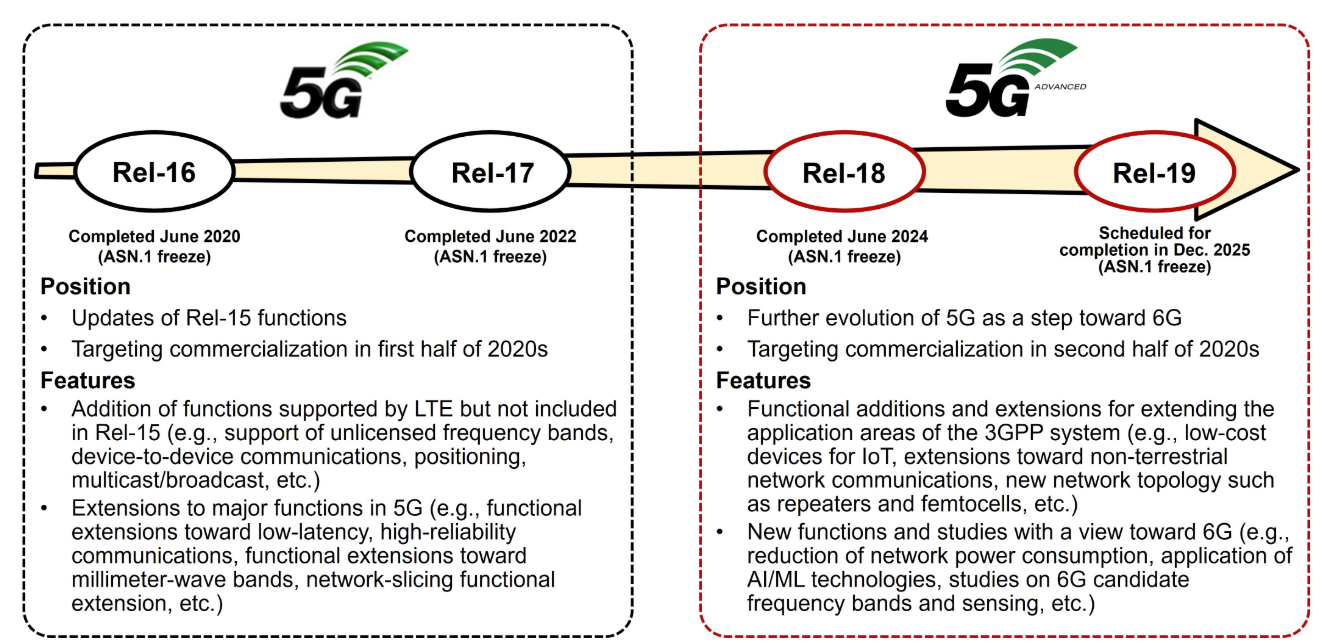
5G Release 15 was the first release of 5G and its specification was completed in June 2018. Release 16/17 specifications were drafted as extensions to 5G Release 15 with its […]
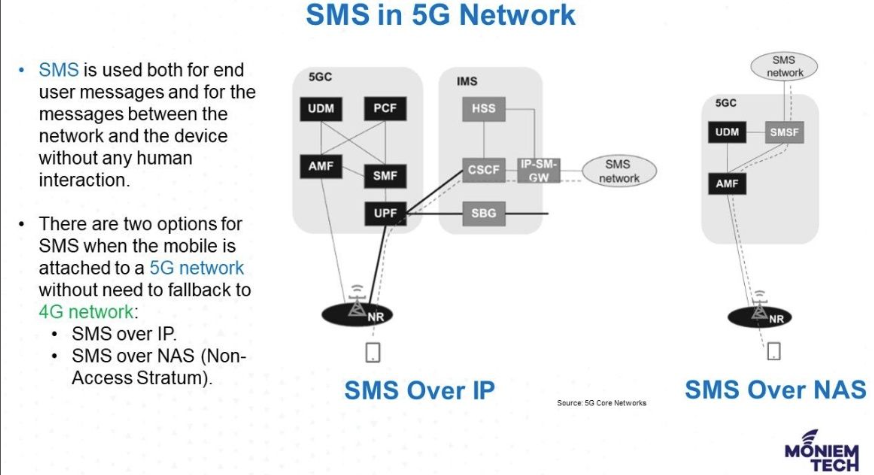
SMS stands for Short Message Service and is used both for end-user messages and between the network and the device without any human interaction. There are two options for SMS when […]
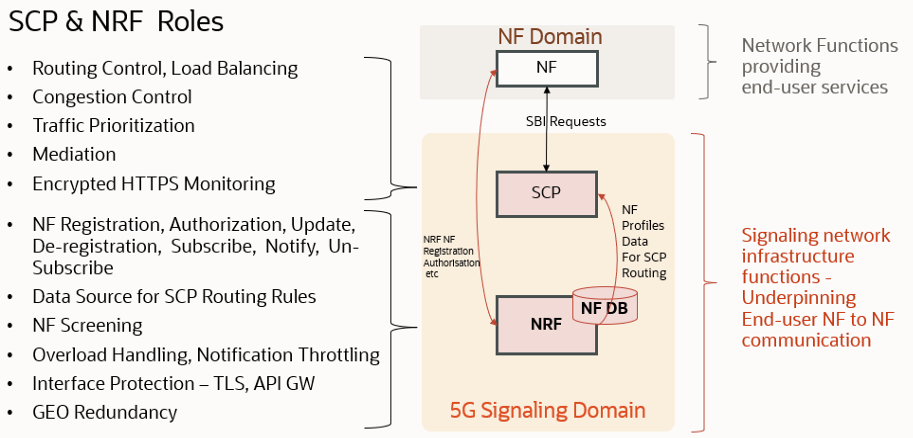
5G standalone (SA) operation, using a new core network, is foundational to mobile operators seeking to offer advanced 5G services with a low cost of production. 5G Service-based architecture (SBA) […]
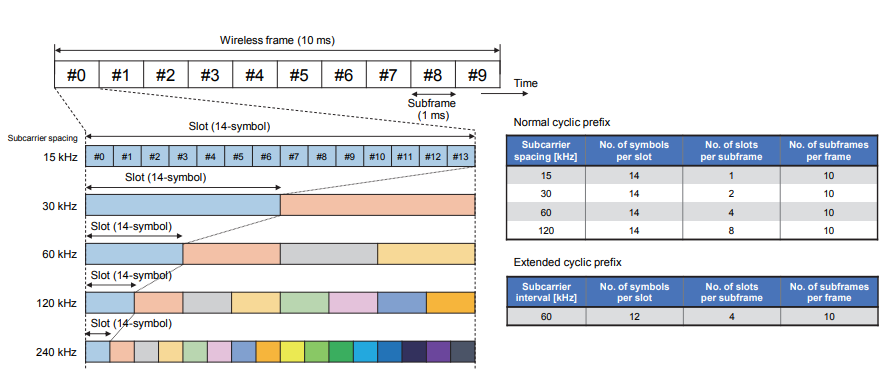
5G NR modulation and waveforms have some commonalities with LTE but aim to have much higher spectral efficiency. NR supports QPSK, 16 QAM, and 256 QAM with the same constellation […]
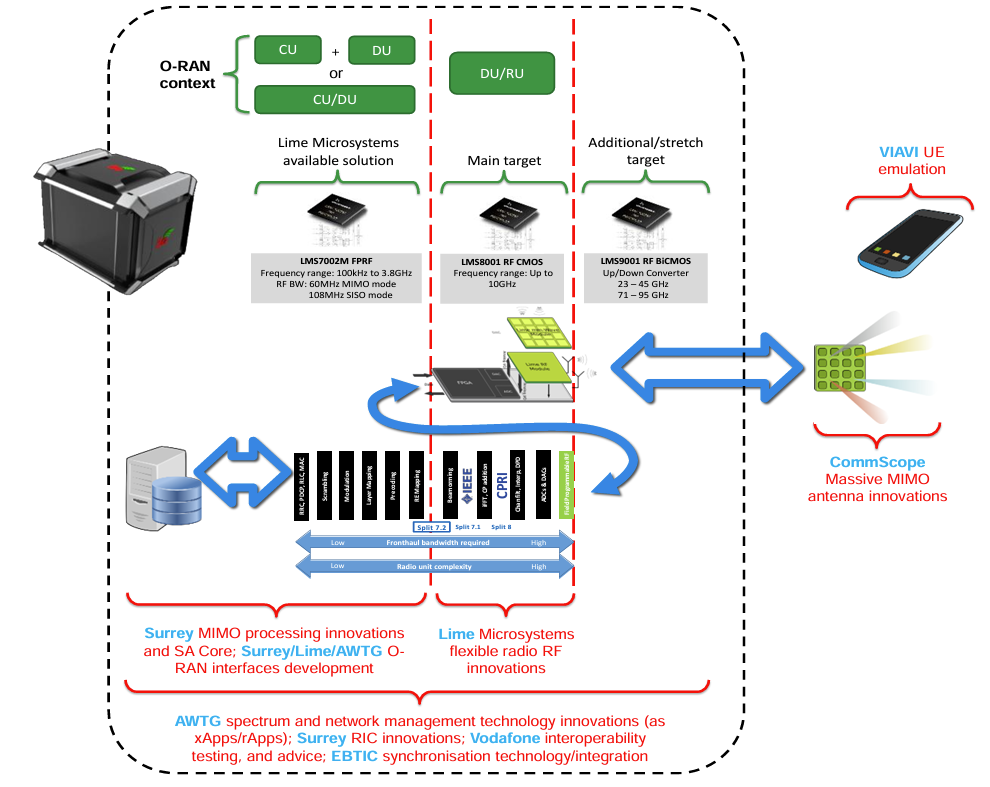
Let’s check the main highlights if you don’t know about this big project. The main focus of this project is creating an End-to-end Open RAN compliant, UK-developed 5G SA network. […]

RedCap 5G NR = Reduced Capability 5G NR. As per Ericsson, It’s estimated that the number of connected IoT devices will reach nearly 39 billion by 2029, a significant increase […]
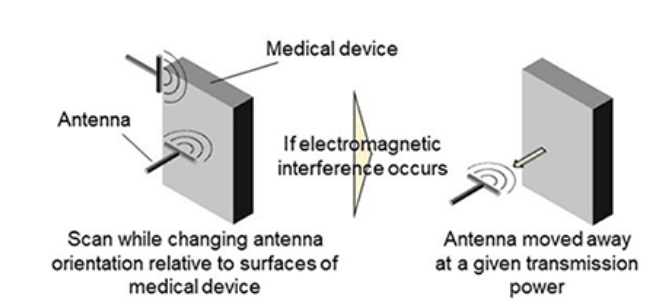
When I searched for the impact of 4G and 5G frequency spectrum on health/medical sector/hospitals, I found good Japanese research by NTT Docomo about this topic and here I concluded […]
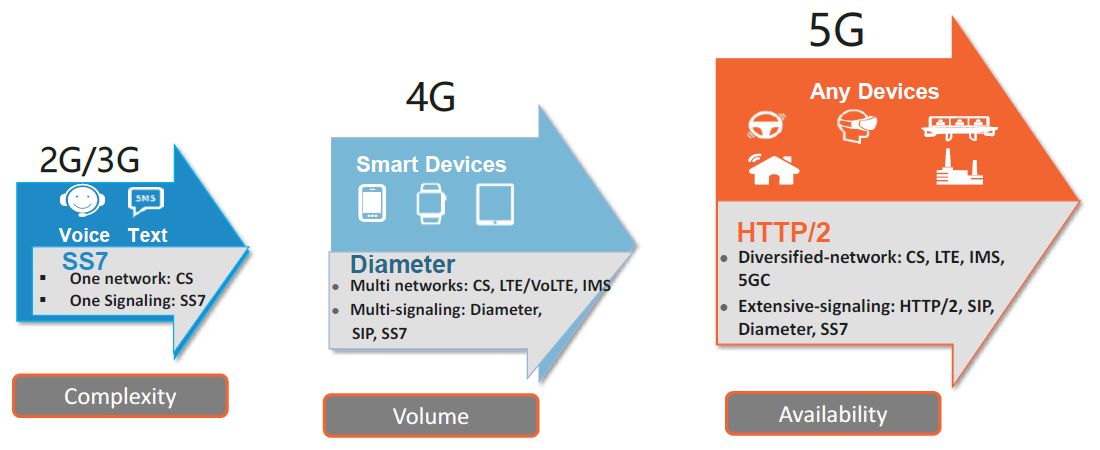
?In 2G and 3G, voice and text were the main services based on SS7 signaling. In these networks service availability was the priority. The Signal Transfer Point (STP) was the […]
